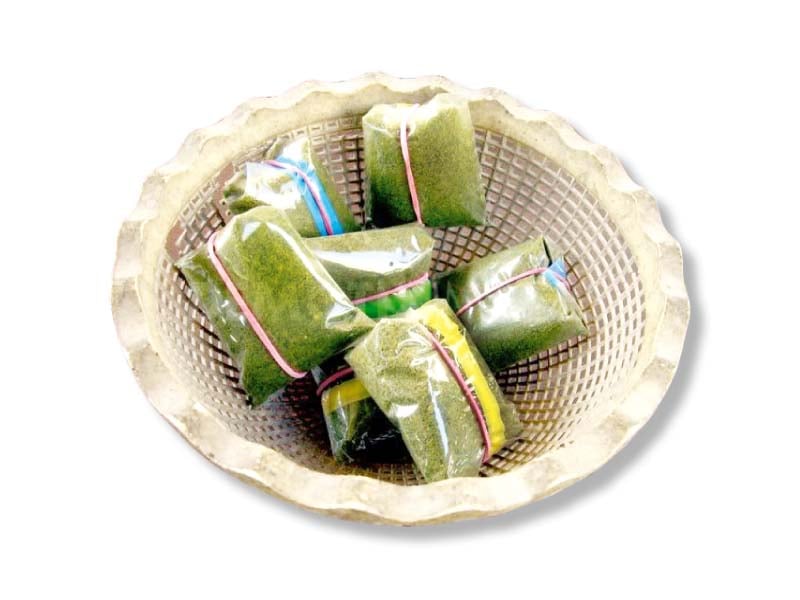The use of smokeless tobacco is becoming an increasing global public health concern. A recent study supported by Khyber Medical University’s Research, Innovation and Commercialization (ORIC) department and the Pakistan Council of Scientific and Industrial Research (PCSIR) has examined the biochemical composition of Naswar, a popular smokeless tobacco product in Pakistan.
The research found that Naswar contains several harmful substances, including nicotine, heavy metals, and aflatoxins, all of which have been shown to be toxic and potentially carcinogenic (cancer-causing).
Given these alarming findings, the researchers strongly advocate for the urgent implementation of smokeless tobacco control policies in Pakistan to curb Naswar use and safeguard public health.
The study, conducted across Khyber Pakhtunkhwa province’s seven divisions—Peshawar, Mardan, Hazara, Kohat, DI Khan, Bannu, and Malakand—involved the collection and analysis of 14 commonly sold Naswar brands, with two brands sampled from each division.
Dr. Shahzad, the study supervisor, explained that the aim was to investigate the chemical constituents of popular Naswar brands in the region. Smokeless tobacco use is a growing global public health issue, with approximately 360 million users worldwide, over 90% of whom are in South Asia.
In Pakistan, around 8% of the population uses various smokeless tobacco products, including Paan, Gutka, and Naswar. Naswar is particularly common among the Pashtun population in Khyber Pakhtunkhwa, where about 15% of the general population uses it. A study in Peshawar indicated that approximately 60% of tobacco users in the city consume Naswar.
The researchers utilized GC-MS analysis to identify 85 different chemical compounds in Naswar samples, with nicotine being present in all samples. The nicotine content varied significantly depending on the extraction solvent, with the highest concentration being 97% in the N-Hexane extract and the lowest being 26.1% in the ethanolic extract. Of the compounds found, 23 were classified as hazardous and harmful to human health, primarily from the carboxylic and polyaromatic compound groups.
Notably, urea, N,N-diethyl-, was identified as a major hazardous compound, present in eight Naswar samples in concentrations ranging from 1.64% to 9.78%.










